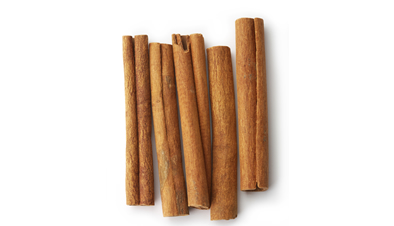
Cassia
| Botanical Name : | Cinnamomum cassia Blume |
| English Name : | Cassia |
| Family Name : | Lauraceae |
Origin
Chinese Cassia occurs mainly in South China, Vietnam, Laos, and Myanmar and India
About
Cassia cinnamon the dried, aromatic bark of several tropical trees (genus Cinnamomum) that yields a reddish brown to dark brown spice sold as,
And used similarly to true cinnamon but having a usually stronger, more spicy character. Ground cinnamon is perhaps the most common baking spice.
The main difference between Cassia and cinnamon is that the Cassia is the Chinese cinnamon originated in Southern China,
Whereas cinnamon is a spice created from the inner bark of the Cinnamomum tree.
Cassia and cinnamon are two types of spices originated from the inner bark.
Cassia cinnamon is possibly unsafe when taken in doses larger than 6 grams daily for a long period of time.
Therefore, Cassia cinnamon contains a chemical called coumarin.
Taking large amounts of coumarin can cause liver damage in some people,
Especially those who have liver disease.
Usage
Dried Cassia bark is the spice. it is a well known medicine reinforcing ‘yang’, the body fire.
‘Guizhi’ (dried twig of cassia cinnamon) is collected in spring and summer and dried in the sun or in the shade used in decoctions, has analgesic and anti-pyretic properties.
cassia has a wide range of pharmacological effects, including antitumour, anti-inflammatory and analgesic, anti-diabetic and anti-obesity, antibacterial and antiviral, cardiovascular protective, cytoprotective, neuroprotective, immunoregulatory effects, anti-tyrosinase activity and other effects.
Herbal medicine practitioners extensively employ the largest number of the plant species in the genus Cassia.
In traditional medicine, Herbalists have cited that most Cassia plant species have hepatoprotective, anti-inflammatory, antibacterial, antitussive, antifungal and wound healing properties.
